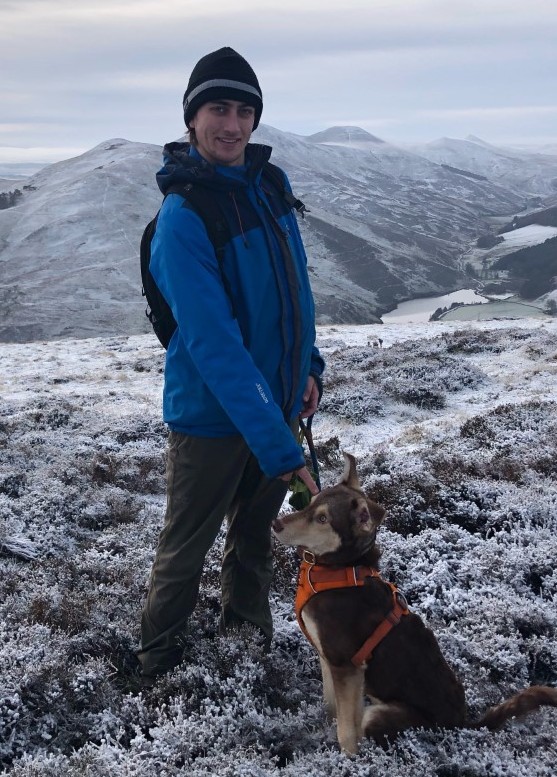Research - Quantum Gravity
General relativity (the theory which describes gravity) has never been compatible with quantum mechanics - the theory of particles at the smallest sizes. When someone attempts to connect these two theories there is always some issues which ever way physicists have attempted to combine them. The most obvious way to examine gravity and quantum mechanics is to attempt to connect them in four dimensions and look for things we can measure, however this is a very tricky task as gravity and quantum mechanics are complicated in higher dimensions most notably gravity. The appearance of the metric within the theory adds an extra layer of complexity since we are now dealing with quantum mechanics in curved space time.
Our approach relies on the idea that physics in lower dimensions is usually simpler and analogous to its higher dimensional counter parts. We connect a lower dimensional version of gravity (Liouville Theory) with a theory which will respect the symmetries of our low dimensional gravity, in our case it is massless Dirac Fermions. In doing this we create a theory of Quantum Gravity in low dimensions that is simple enough that we can invasive implementing this in a lab setting but containing enough physics that it is worth while studying.
We can imagine implementing this system within something like a superconducting circuit setup. To implement this we would turn to the implementation the Schwinger model for inspiration [1]. This is a model of Quantum Electro Dynamics which is essentially a dirac field coupled to a photon field. One can imagine replacing the photon field in this theory with the dilaton field from the Liouville theory. In doing this we create a quantum simulator of the system we have been examining and thus are able to realize quantum gravity in a lab.
Another possibility to create this system in the lab is to encode the couplings within a bose einstein condensate. We would engineer the precise coupling between the dilaton field and the dirac field that we encoded into our theory above. Provided all of the relevant perturbations are sufficiently tuned out this would be an exact analogue system of our low dimensional gravity theory.
This is an ongoing project and we are just in the beginning stages of simulating our system. I will post updates and a link to the eventual paper when it is out.
References
[1] - D. Marcos, P. Rabl, E. Rico, and P. Zoller Phys. Rev. Lett. 111, 110504
